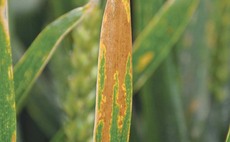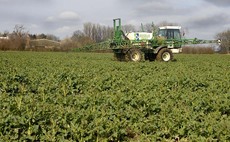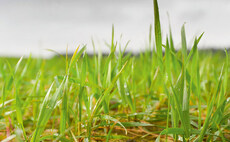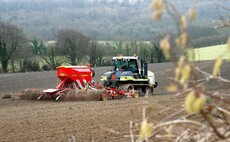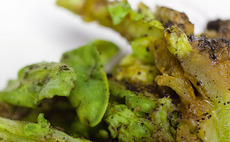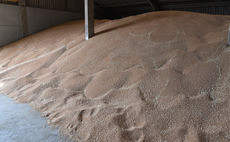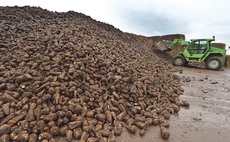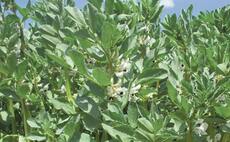Agronomy
Arable
Industry has applied for renewal of the approval of the fungicide, mancozeb in Great Britain.
Arable
A decent spell of spring weather has seen field work progress up and down the country. However, delays to sugar beet seed deliveries on-farm are holding up drilling for some growers.
Arable
Winter wheat growers are being urged to be aware of much higher levels of septoria in crops this year compared with last season, most probably brought on by earlier drilling.
Arable
An international consortium of academic and commercial seed companies from the USA, Canada, Europe and Israel have mapped the entire set of genes which make up canola (oilseed rape).
Arable
Spring barley is expected to return to a more normal area of 700,000 hectares in 2021 compared with more than one million hectares planted last year.
Arable
Much needed spring sunshine and some good drying days have allowed growers to get their spring drilling campaigns underway.
Arable
A combination of cabbage stem flea beetle larvae infestation and heavy frosts have knocked oilseed rape crops back in recent weeks.
Arable
Millers are fearful about the size of the future UK wheat crop, which is likely to decline for political and cost reasons, a trend that could be exacerbated by greater consumer demands concerning sustainability.
Arable
An Emergency Authorisation for the use of Vydate 10G (oxamyl) for the control of free living nematodes in the 2021 sugar beet crop has been approved by HSE.
Arable
The post-emergence herbicide bentazone is facing deregulation if growers do not start acting to reduce leaching into ground and surface water, BASF has warned.

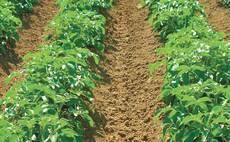
 26 March 2021
•
1 min read
26 March 2021
•
1 min read

